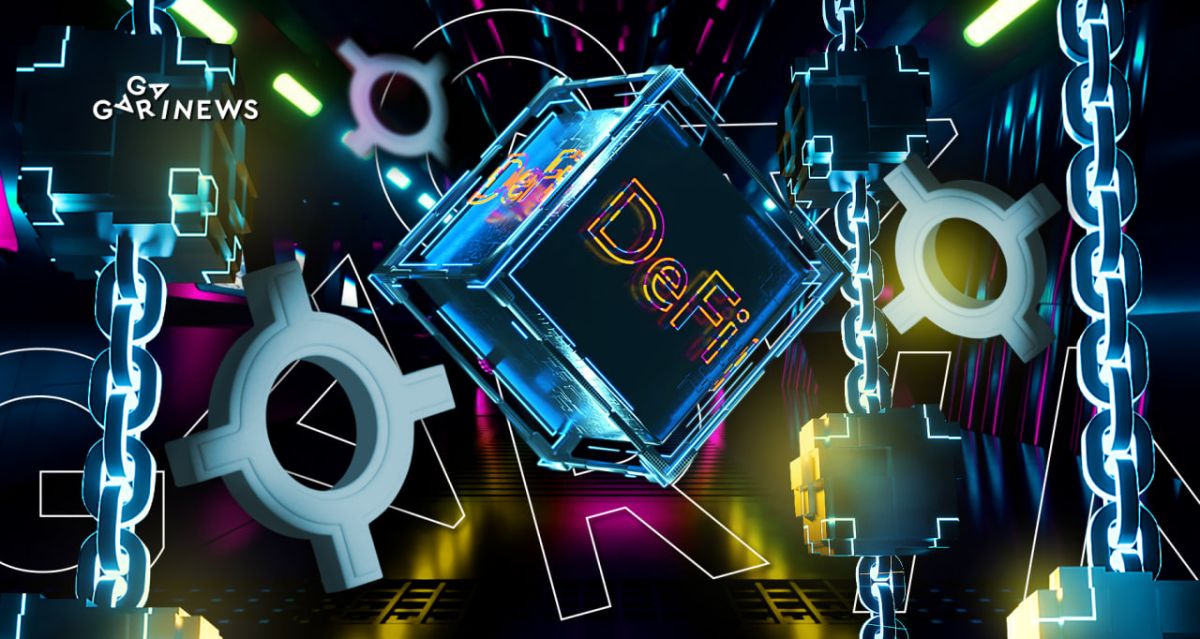Frax Finance: A Self-Sufficient DeFi Ecosystem

Frax Finance stands out as a DeFi platform that hosts its own decentralized stablecoins, an automated market maker, a lending platform, a cross-chain bridge, and native tokens. By the close of 2023, this ensemble will incorporate an L2 blockchain. For the time being, the Frax protocol is running on Ethereum.
Frax Finance is primarily recognized for its novel economic model for stablecoins, which combines elements of collateralized and algorithmic assets. The developers at Frax Finance have termed this a fractional-algorithmic system, but in 2023 they decided to transition towards a fully collateralized model.
The fractional-algorithmic stability concept has been put into practice in the Algorithmic Market Operations Controller (AMO). This represents an independent contract with discretionary monetary policy. These controllers navigate the market utilizing algorithms but are not capable of minting new FRAX stablecoins or influencing their dollar peg.
Launched in 2019 under the Decentral Bank moniker, Frax Finance's foundational team comprises Sam Kazemian, Travis Moore, and Jason Huan.
Frax Finance Stablecoins
Frax (FRAX) is a decentralized stablecoin pegged to the US dollar but primarily backed by crypto assets, including the stablecoin USDC. The market capitalization of FRAX slightly exceeds $1 billion.
Frax Price Index (FPI) is a price pegged to the Consumer Price Index, with adjustments for inflation. Like FRAX, the FPI is also backed by crypto assets.
Frax Ether (frxETH) is an Ethereum-backed stablecoin, designed for liquid staking within the Ethereum network. Utilizing Frax Finance to swap ETH for frxETH allows users to optimize their staking returns.
Where are Frax Finance stablecoins utilized?
The creators of Frax Finance have established an infrastructure for their stablecoins, developing three internal products:
- Fraxswap;
- Fraxlend;
- Fraxferry.
Fraxswap is an automated market maker, a program utilizing algorithms to manage cryptocurrency liquidity and pricing for trading. Designed for seamless processing of substantial orders, it's an open-source tool based on the bilateral TWAMM protocol for gauging IP network performance, as well as the Uniswap DEX.
Within its ecosystem, Fraxswap aids in enhancing the stability of the FRAX and FPI stablecoin pegs, as well as distributing the protocol's surplus profits among the holders of the FXS governance token.
Fraxlend is a decentralised crypto lending platform open to the public, forming lending markets between any ERC-20 token pairs. Users can either utilise an existing market per pair or create a new one using the Deployer smart contract. Fraxlend also features price oracles and interest rate calculators for lending and borrowing.
Fraxferry offers a secure, though slow, method of transferring tokens from the Frax ecosystem to other blockchains, without resorting to third-party cross-chain bridges. This unhurried approach allows developers to identify and prevent potential exploits promptly.
Frax Finance's Native Tokens
Besides stablecoins, the project's ecosystem also includes two native tokens that facilitate its operations.
Frax Share (FXS) acts as a utility token, crucial for covering fees, executing smart contracts, and receiving a range of interest disbursements. The total supply of FXS is capped at 100 million tokens, and at the time this article was written, there were 72.7 million coins in circulation.
Additionally, Frax Share can be transformed into a governance token known as veFXS. This allows it to influence the economic model of stablecoins and other DeFi products. Active management typically found in Decentralized Autonomous Organizations (DAOs) is absent in Frax Finance. The community only has sway over specific parameters such as collateral pool metrics, fee structures, and collateral ratios.
Frax Price Index Share (FPIS) is a governance token designed for the Frax Price Index stablecoin. It is programmatically tied to the utility token FXS, similar to how tokens within blockchains are linked with tokens from decentralized applications on their own network. The maximum offering of FPIS is fixed at 100 million tokens. Any excess from the balance sheet valuation of the FPI stablecoin is distributed among the FPIS token holders.
The L2 Solution of Fraxchain
In June 2023, the founder of Frax Finance made a statement indicating the potential deployment of Fraxchain by the end of the year. This will represent the project's own second-layer blockchain where the entire DeFi ecosystem of the project will be migrated.
The structure of this network will be grounded in a hybrid architecture, integrating the benefits of optimistic rollups and zero-knowledge proofs.
Optimistic Rollups is a technology that enables transactions to be processed off the main network (L1), a technique that notably enhances scalability. These rollups collate all transactions into a smart contract and forward it to the foundational chain, Ethereum in this case. An additional advantage of optimistic rollups is that transactions are only scrutinized if they're challenged.
Moreover, Fraxchain will support programmable decentralized banking accounts. Users will have the convenience of storing their cryptocurrencies directly in the blockchain.
The network's security will hinge on sequencers, also known as validators. These computer nodes put transactions in order and preserve the integrity of the rollups. FXS token holders will have the privilege to choose their own sequencers.
Recommended

